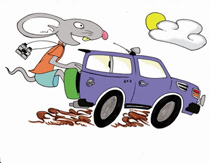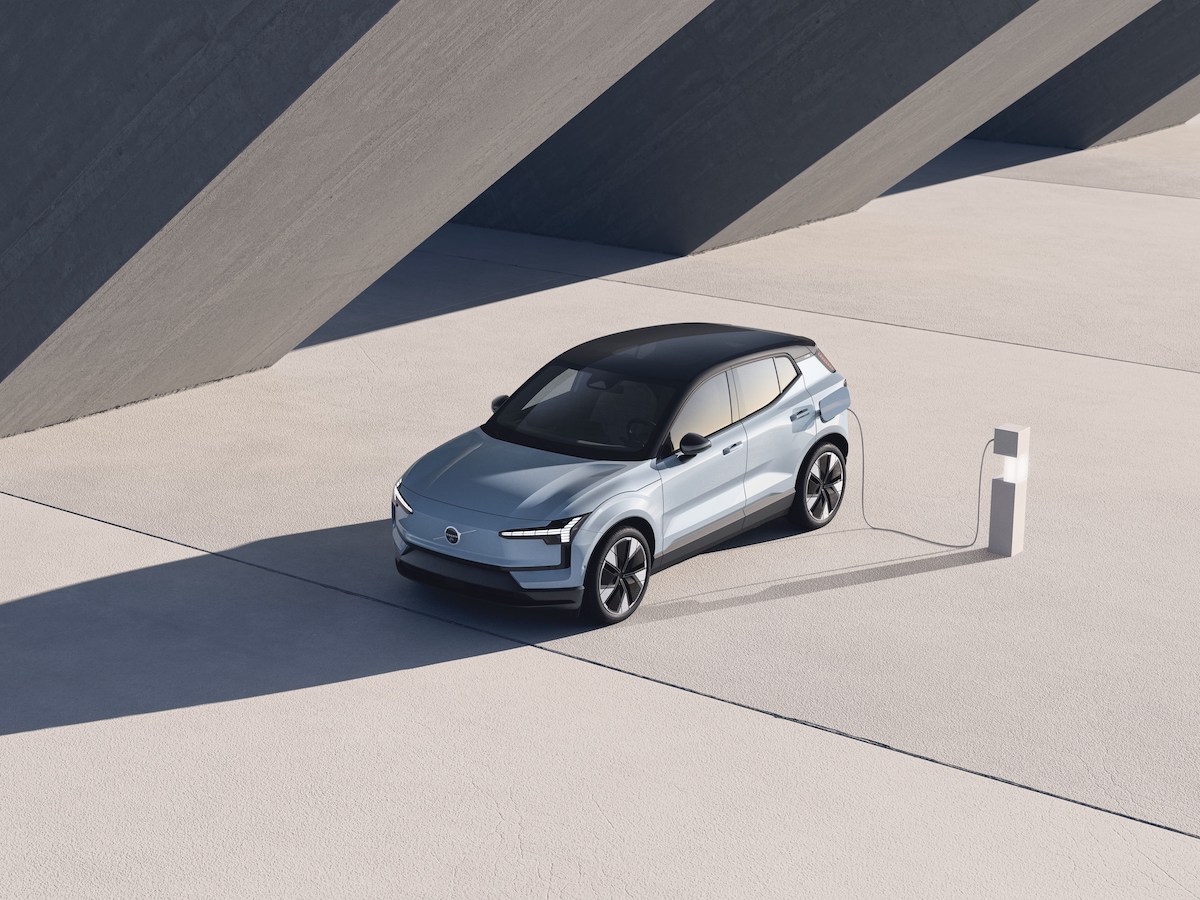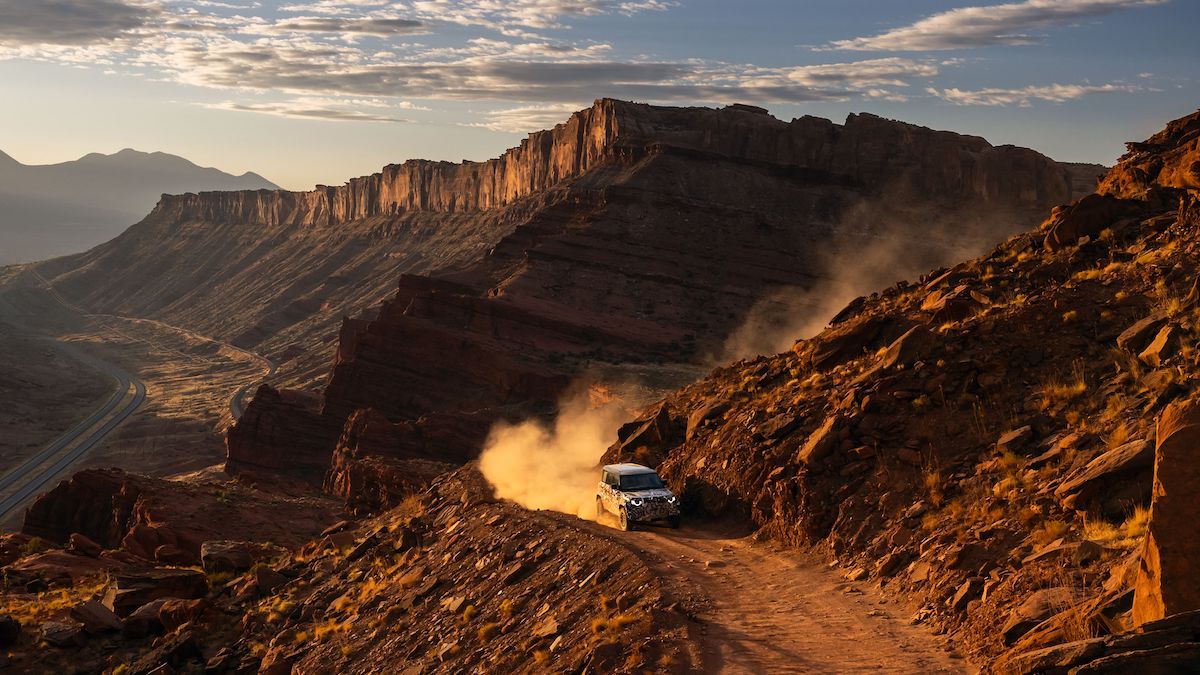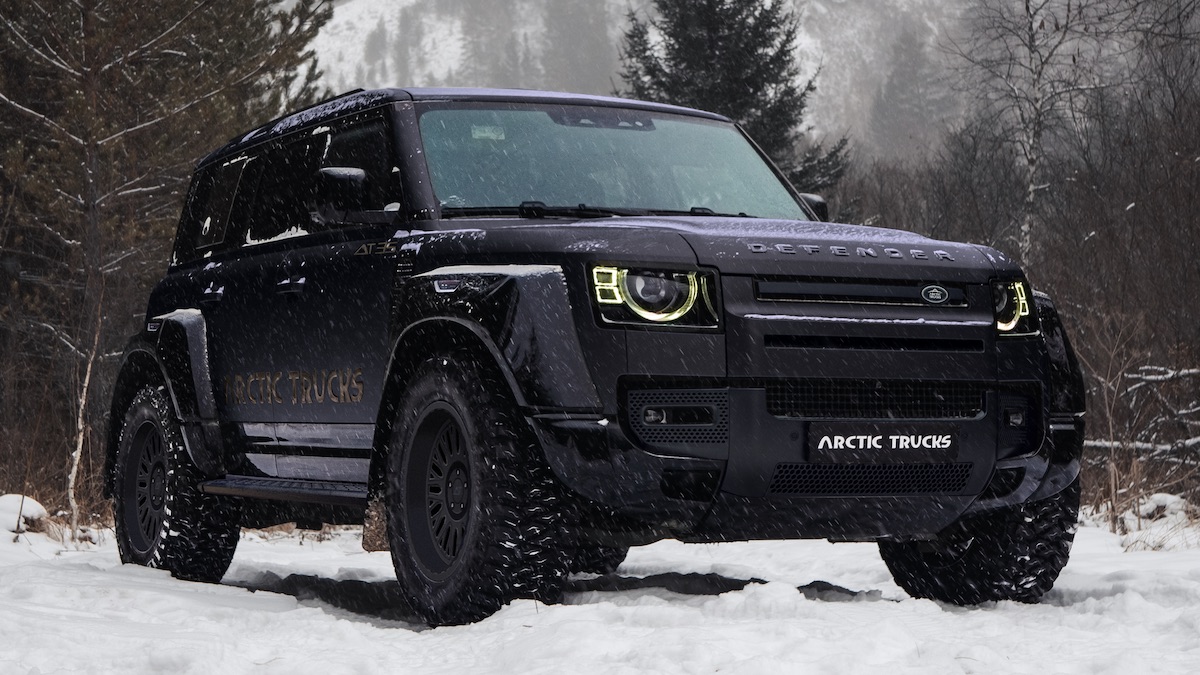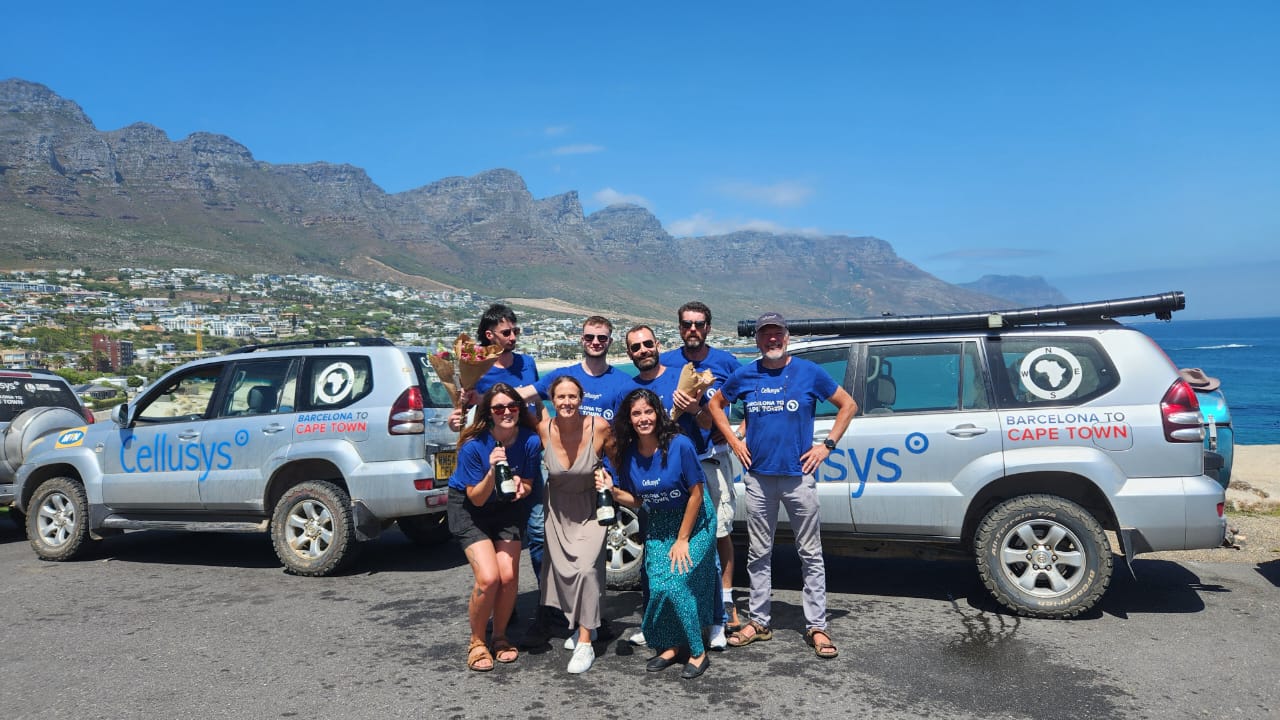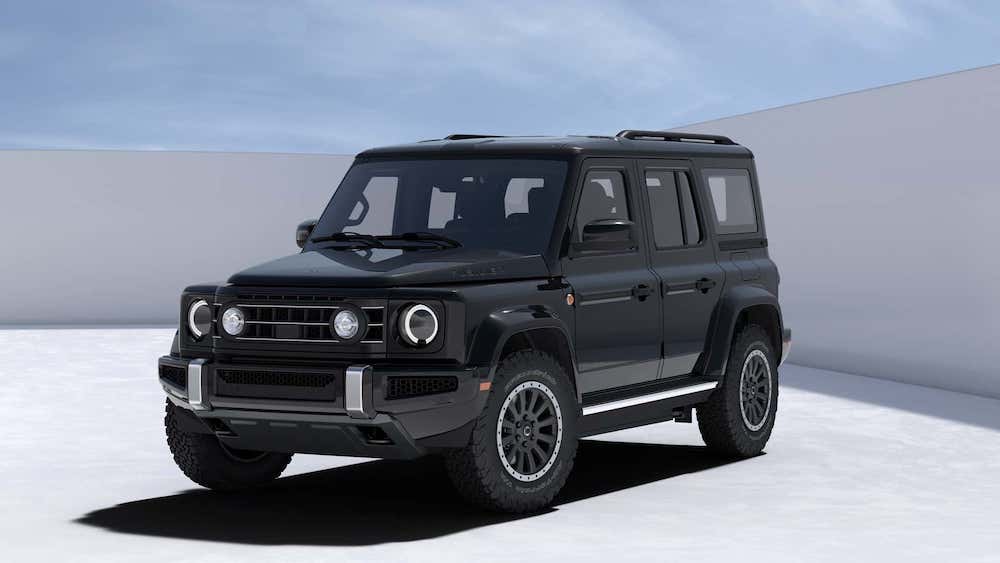A while ago, a group of 12 adventurers in seven 4x4s left South Africa for a Trans-Africa Expedition, leaving the southernmost tip of Africa, Cape Agulhas.
On our first morning in the Kruger Park there was evidence of an unwelcome visitor – mouse droppings on the floor of our car. I did a quick check but couldn’t find a mouse anywhere. As we were in the Kruger Park, I thought that our visitor had popped in during the night and, after finding no food, left again.
Four days later, after crossing into Mozambique at Pafuri and following the BOSPAD, we had made it to Vilankulo. I had camped here before and remembered the camp having large trees and fantastic shade. You can imagine my surprise, then, when we arrived and saw the devastation caused by a cyclone that had passed through the area only months before our arrival.
I was also surprised to find the telltale signs of a mouse again, after four days of hard travelling. I unpacked the vehicle in search of my elusive travel companion, which by now had been nicknamed “Stuart”. With everything offloaded, it looked like the vehicle had been searched by some customs officials, but there was still no sign of Stuart. Sorry, there were lots of signs of Stuart but no Stuart himself! Maybe he went to the beach for the day…
Happy that Stuart had now left the building, we continued north. We visited places like Ilha de Mozambique (a world heritage site) and Pemba, all with beautiful white beaches and palm trees. Then, 3000km from Vilankulo, I saw another sign, this time in a box of cereal: Stuart was still on safari with me. I don’t blame him for hanging on, though – he had gained access to the food boxes and was seeing Africa at my cost!
Leaving Mozambique for Tanzania at the Rovuma ferry, the custom officials did a thorough check of the vehicles (but unfortunately didn’t unearth Stuart!). From there we headed north, driving to Dar-es-Salaam where we left the vehicles while we explored the nearby island of Zanzibar.
From there the roads got steadily worse, culminating in the road in northern Kenya from Marsabit to Moyale, which is in a terrible state. Like one of the drivers on the trip said, “I have never hammered a vehicle so badly in my life”. In spite of the hot dry conditions and the bad road, Stuart was still with me. With all the shaking I really thought that he would have deserted us by now!
On our way to Addis Ababa in Ethiopia Stuart became very bold and gnawed at my sleeping bag, leaving it full of holes. The damage was done while we were travelling, cunning old Stuart doing all his damage while I had to concentrate on the road, and the road noise camouflaged his ripping and chewing.
No more Mr Nice Guy: I needed to get rid of the mouse!
We had to stay over in Addis while we serviced the vehicles, visited the city hotspots and waited for our Sudanese visas. I had time on my hands, and was determined to flush out my unwanted passenger. Once again I unpacked the vehicle, taking sections of the dashboard out to reach deep into the car. I even checked all the ventilation pipes.
That was when I discovered one of Stuart’s nests, with a large part of my sleeping bag and other materials, in the fan holder. It suddenly dawned on me that “Stuart” might be “Sue”, and she might be preparing to have her babies in the ventilation system! That idea horrified me and I was more determined than ever to find the mouse.
While the other members of the group went to the national museum to see the millions-of-years-old remains of “Lucy”, I was hunting. I arranged with the group to look for a mousetrap at the market too, one of the largest open-air markets in Africa.
Once again I found neither hide nor hair of any mouse, but it was evident that Stuart has been around for a long time. At least, with everything bolted back in the vehicle, I was sure that he/she was not in the car anymore.
One of our companions found a second-hand mousetrap in the market, which we set just in case. I put some really nice goodies on the trap (by now knowing my little friend’s culinary tastes), but there was no sign of Stuart.
No food was taken and no mouse was caught in the trap.
We left Addis and drove to Bahir Dar where we visited the Blue Nile Falls the one day and the monasteries on Lake Tana the next. Some of the monasteries do not allow women visitors, so make sure to tell your guide not to take you there if you have female companions. We also used Bahir Dar as our base to fly to Lalibela to see the famous rock-hewn churches.
During this time I checked the car and with utter horror saw “the signs”. I had been outwitted again! No search, no trap, no heat, no cold and no bad roads could get rid of Stuart. It looked liked he (or she) was determined to finish this trip with us.
A few days later we were in Khartoum, where we stayed at a lovely guesthouse with air-conditioned rooms and a swimming pool. We all had a bit of time to kill while we waited for logistics and permits to be organised, so I unpacked my car (again!). I was glad to see that there was no sign of Stuart. The trap was untouched, and so was all the food.
In anticipation of the bad roads and extreme heat waiting for us in northern Sudan we decided to check our vehicles thoroughly. It was with real shock that one of the other guys found a huge mouse nest in his vehicle’s engine compartment, but without a mouse. A lot of the insulation material from the vehicle’s firewall had been used as nesting material, but it looked like Stuart hadn’t eaten any of the wires. All the vehicles were then checked but no more signs of a mouse were found.
We left Khartoum with a fistful of documentation, which proved to be very important as we were stopped regularly by the army and police. The heat was almost unbearable, and we camped along the way in the desert and next to the Nile. Travelling through the Nubian Desert to Wadi Halfa I hoped that Stuart had abandoned our expedition in a cooler climate, as I wouldn’t wish that sort of heat on even my worst enemy.
Once we reached Wadi we had to organise transport to Aswan for both our vehicles and ourselves. This we did, the vehicles leaving on a barge and us on a ferry three days later. We reached Aswan and managed to get through the bureaucratic nightmare that is Egyptian customs, but only with the help of a local agent. Even then there were 14 steps involved, and it took two days and cost US$100.
Once this was all done, we were able to get to our cars. I couldn’t wait to check my vehicle to see what Stuart had been up to in our absence. I was especially worried when I saw massive rats running around in the hull of the barge next to our vehicles. I must confess I was prepared for the worse, but there was not a sign, not a thing wrong with any of the vehicles.
Perhaps the Egyptian bureaucracy had finally proved too much for our furry little friend. Whatever the reason, it was a relief to finally say goodbye to Stuart and be able to concentrate on the rest of our holiday.

